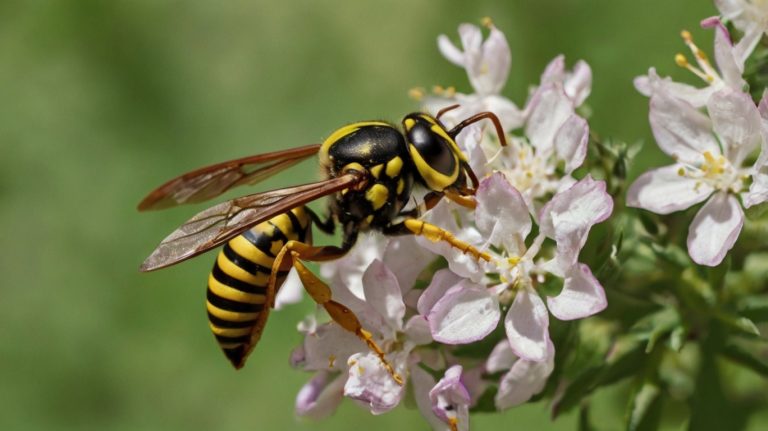Yelled on by a wasp is never a fun experience; however, people when know what to do, they are less likely to suffer and end up in the hospital. First of all, avoid making any movements which would be noticed by the wasp, retreat from the place where you got stung because wasps are capable of stinging again and again.
If you are now safe look for a stinger at the sting site When in a safe place, look for a stinger. Unlike with bees, one does not get to continue carrying around the sting, and you might not find it. When cleaning up blood, clean the area with water and soap to minimize the contract of infection. One should either do a cold compression or, ice held in cloth over the affected area to help them minimize inflammation and deaden the pain. It can be worn for up to 10 minutes before being removed for the identical amount of time to be reused as required.
For the draining lymph nodes, pain relievers may be taken over the counter including Ibuprofen or acetaminophen while for itching and swelling antihistamines like Benadryl may be taken. Application of topical corticosteroid cream may also be of great help with regards to reducing symptoms of inflammation.
If possible, it is advisable to raise the part of the body that is affected by the sting to help minimize swelling. Although in some cases one may be tempted to scratch the affected area, this should be discouraged as it could lead to further infection. Check whether there are symptoms of the onset of an allergy, including shortness of breath, facial or throat area swelling, dizziness, or chest pain. For anyone experiencing any of the mentioned symptoms, emergency medical help should be sought because the reaction may be severe, indicating anaphylaxis.
By far, stinger of a wasp is painful to most individuals, however; it does not pose any serious harm. Though such steps can be taken, it is possible to gain the best and fastest chances of recovery. There is much evidence that people who are allergic to bee stings should have an epinephrine auto-injector and wear a medical alert bracelet if they have experienced severe allergic reactions before.



